No matter what the weather, toddlers love to toddle. Their favorite place for pottering and exploring is easily identified. Outside! Simply outside! Playing with a stick and some extra muddy dirt for hours on end int he great outdoors is bliss for a toddler or a wobbler. But more and more children are spending their childhood in hermetically sealed housing or in enclosed paved gardens. Nature is calling and the wee ones want nothing more than to answer with a wild whoop and a bit of easy tree climbing. (Maybe a few low bushes for starters).
The UK National Trust conducted a survey in 2016 and discovered that today’s generation of children spend half as much time outside as their parents did. Research found that children were only playing outdoors for an average of four hours per week. This is not ideal from a developmental point of view, nor from the perspective of a healthy lifestyle. Here are some suggestions for activities to do in the great outdoors.
Jumping in Puddles: 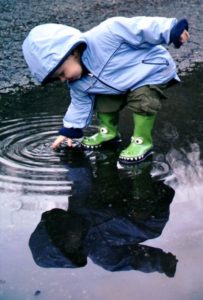
A good pair of wellies and a lot of laughter is all that is needed to fully appreciate the puddles that an Irish summer provides in abundance. Wrap up well if the weather is less than kind and be aware that puddle jumping is not a spectator sport! The whole family needs to participate to fully appreciate the wonders of splashing in water, sailing stick boats and dumping stones into little rain rivers.
Going on a Bear Hunt:

Most parks have exciting wooded areas for bringing little ones on a ‘bear hunt’. Let your imaginations run wild as you trundle through the bushes and over fallen logs to find the wild places where imaginary bears, fairies and Gruffalo’s can be brought to life with a little encouragement and a lot of laughter. Build wee houses for hedgehogs and wild things from fallen leaves, moss and sticks. Bring a picnic of honey sandwiches. There is nothing that bears like more than honey.
Planting and watering the flowers or veg:
 Small children are very good gardeners. They dutifully water and tend to their favourite plants with very little encouragement. Plant a wee pot garden together and enjoy the thrill of eating your own mint, chives and strawberries. You don’t need much space or a lot of equipment to begin a little container garden. A few yoghurt pots can start the small garden.
Small children are very good gardeners. They dutifully water and tend to their favourite plants with very little encouragement. Plant a wee pot garden together and enjoy the thrill of eating your own mint, chives and strawberries. You don’t need much space or a lot of equipment to begin a little container garden. A few yoghurt pots can start the small garden.
Become a nature explorer:
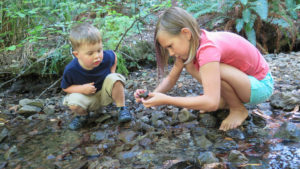
Even a few feet of hedgerow is a world of nature for an intrepid explorer. The library or the internet will help you with simple bird/flower/insect identification and your child will become a clever nature explorer as you capture the images on your phone for identifying later.
Find a good stick:
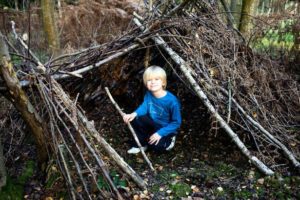
You can keep all the expensive toys in the world for they will never match up to a good stick and an empty field It can be a sword, a wand, a tool for digging, something to lean on when walking. You can hit metal and make noise, stir up puddles and draw in the dirt. A good stick is a must have for all the family, as you set off for hikes or just to mess about in a meadow. Stick hunting should be high on the outdoor family agenda.
Tea parties and picnics:

Tea sets on the grass with little portions of cheese, fruit and water are a magical adventure for any group of children. Picnics don’t have to be exotic. Hummus with pitta will taste wonderful when mixed with grass and twigs(trust us!). Invite the favourite soft toys and complete the wonder of the day.
Daydream and imaginary play:

Sometimes, it is a good idea to cease any interaction and just to let children be when playing outside. While keeping a wary eye on your toddler you can pretend to read your book or day dream and this will allow some precious time for doing nothing. This softly softly approach will allow imagination to flourish, giving your wee one essential time to dream, play imaginary games and potter about unhindered. Day dreaming and imaginary play is precious time indeed.
Make an effort to spend time outside every day that it is possible. Not only will the fresh air be of benefit to your child’s health, it will increase their appetite and most importantly, tire them out for a good night’s sleep. Now that’s an incentive no parent can ignore. So get out and about and enjoy !
 Shopping Cart
Shopping Cart





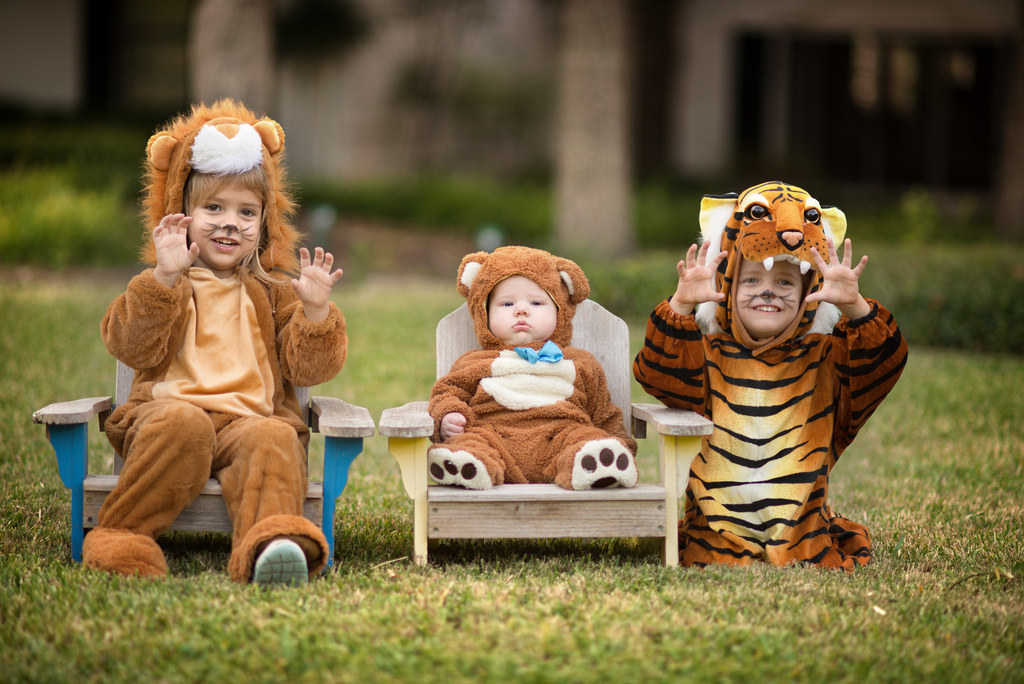
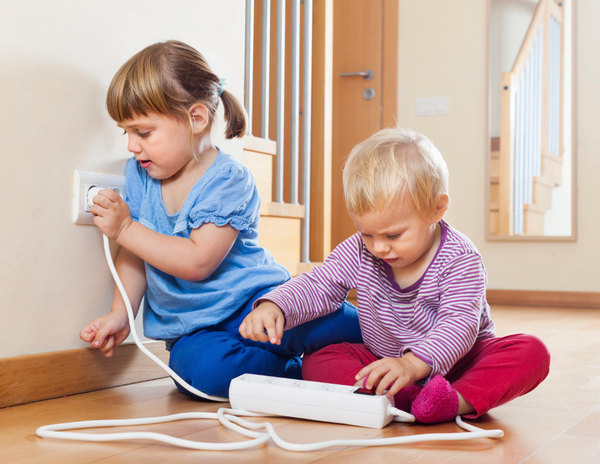


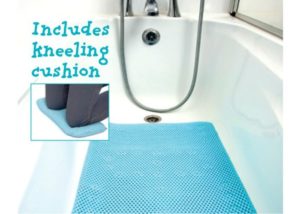
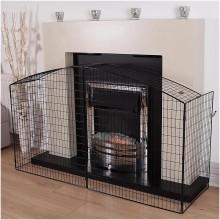
 Think ahead and scan the house regularly for potential issues. Do not approach child proofing and safety from a perspective of learning from experience. The experience may have a lasting detrimental effect on your loved wee child. Put child safety first at home and remind older siblings, Granddad, Granny and any other visitors of the same.
Think ahead and scan the house regularly for potential issues. Do not approach child proofing and safety from a perspective of learning from experience. The experience may have a lasting detrimental effect on your loved wee child. Put child safety first at home and remind older siblings, Granddad, Granny and any other visitors of the same.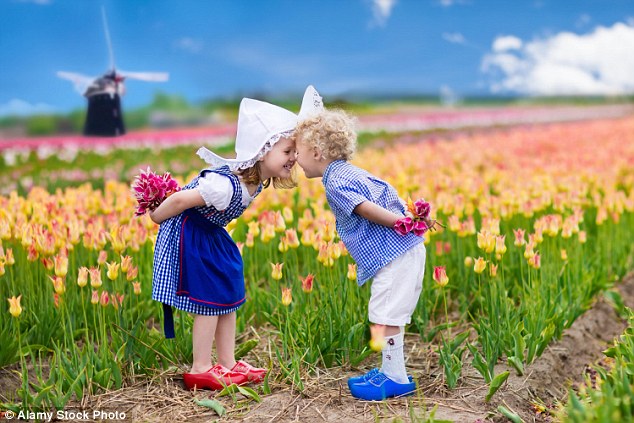
 Parents work an average of 29 hours per week, dedicating one day a week to spending time with their offspring. Fathers are as equally hands-on as Mothers. Play is actively encouraged and is likely to be noisy and disruptive. Children are encouraged to explore the world around them and there is a tendency for parents to reason and explain things to errant young ones rather than impose authority. Its all very zen. Eating together is important and sitting down together for meals, especially breakfast,is the norm. Breakfast is for bonding, not just for eating.
Parents work an average of 29 hours per week, dedicating one day a week to spending time with their offspring. Fathers are as equally hands-on as Mothers. Play is actively encouraged and is likely to be noisy and disruptive. Children are encouraged to explore the world around them and there is a tendency for parents to reason and explain things to errant young ones rather than impose authority. Its all very zen. Eating together is important and sitting down together for meals, especially breakfast,is the norm. Breakfast is for bonding, not just for eating.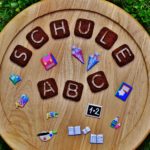 Dutch children, like their Finnish counterparts do not believe in homework for primary school children. Children in the Netherlands stated that they enjoyed attending school and had fun there. No pressure to overachieve is evident and yet, all seem to do well academically despite the lack of emphasis on achievement.
Dutch children, like their Finnish counterparts do not believe in homework for primary school children. Children in the Netherlands stated that they enjoyed attending school and had fun there. No pressure to overachieve is evident and yet, all seem to do well academically despite the lack of emphasis on achievement. The research showed that children felt that they were heard as well as seen. They spent more quality time with parents and were afforded a great deal of trust and independence; allowed to play outside unsupervised and to go on errands and to school alone.
The research showed that children felt that they were heard as well as seen. They spent more quality time with parents and were afforded a great deal of trust and independence; allowed to play outside unsupervised and to go on errands and to school alone. Simple pleasures and a few toys are the norm in the Netherlands home and the happiness of Dutch children was not linked to consumer goods. The Dutch opt for time spent with children rather than money. A birthday party gift would cost no more than €10 and the emphasis would be on enjoying the day rather than outdoing each other with pony rides and bouncy castles. Every year in April the Kings Day festival has open air children’s markets selling second hand toys and clothes in every town and village.
Simple pleasures and a few toys are the norm in the Netherlands home and the happiness of Dutch children was not linked to consumer goods. The Dutch opt for time spent with children rather than money. A birthday party gift would cost no more than €10 and the emphasis would be on enjoying the day rather than outdoing each other with pony rides and bouncy castles. Every year in April the Kings Day festival has open air children’s markets selling second hand toys and clothes in every town and village.